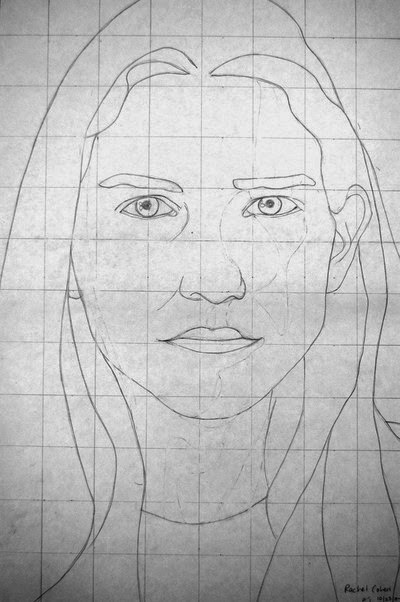Even famous pieces can be critiqued.
The Starry Night is an oil on canvas by the Dutch post-impressionist painter Vincent van Gogh. Painted in June, 1889
Look at Vincent Van Gogh's Starry Night
1. What would you change?
2. What would you do to make it different or better?
3. Use Elements and Principles to discuss.
Write Around Critique
Walk around and look at everyone’s piece. Start around again and make a positive comment and a constructive comment.
To receive full credit you must do the following;
- Use at least one element and/or principle in your constructive comment.
- Be specific about how you think they might add to their piece.
- Your suggestion must be something that is feasible and possible to accomplish without redoing the entire project.
- Comment on everyone’s project
Elements: Line, shape, value, texture, color, and space
Principles: Harmony (repetition, rhythm), Variety (contrast, elaboration), balance, emphasis, movement, proportion, and abstraction.

.JPG)
.JPG)
.JPG)
.JPG)
.JPG)
.JPG)
.JPG)
.JPG)
.JPG)
.JPG)
.JPG)
.JPG)
.JPG)
.JPG)








